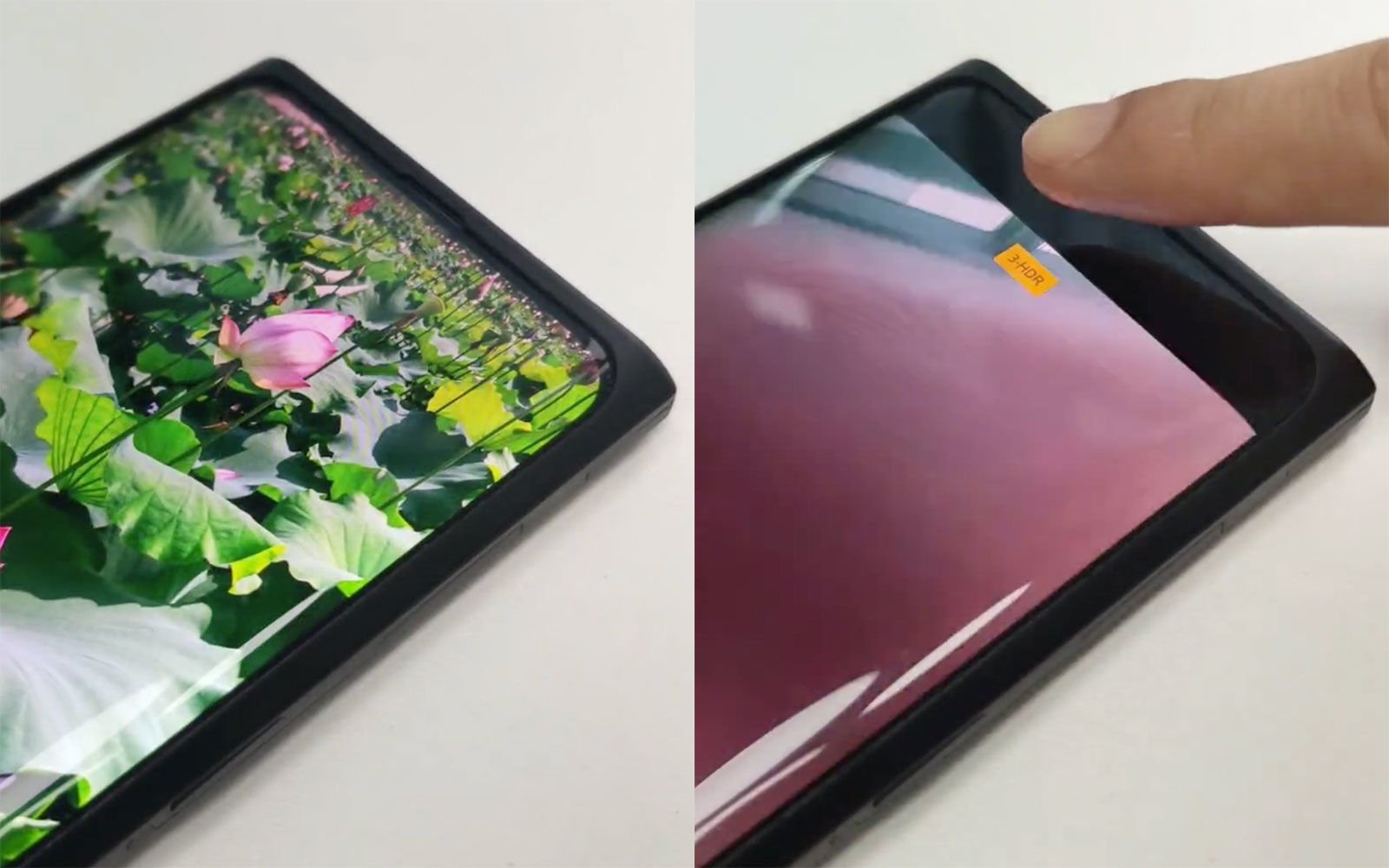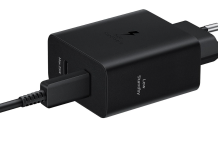Smartphone technology keeps growing at a rapid pace and with each new iteration, new technology is making its way. Nowadays, most smartphone manufacturers, including Oppo, are working on provided higher screen-to-body ratio.
With an aim to offer a full-screen smartphone, the companies have adopted various different solutions, including notches, punch-hole display, and pop-up front-facing camera. Now, the next step for the manufacturers is the in-display camera sensors.

Similar to the in-display fingerprint sensor, the camera sensor can be embedded into the display. China-based smartphone maker Oppo showcased an early engineering model of this technology which could be the world’s first under-display camera.
The video clip of this technology was shared by Oppo’s Vice President Brian Shen on Weibo, a Chinese microblogging platform, without much details. It shows a working front-facing camera that doesn’t need a notch, teardrop, hole punch, pop-up, or even sliding mechanism and keeps the edge-to-edge display uninterrupted.
For those seeking the perfect, notchless smartphone screen experience – prepare to be amazed. 📲
You are taking a very first look at our under-display selfie camera technology. RT! 🤯 pic.twitter.com/FrqB6RiJaY
— OPPO (@oppo) June 3, 2019
In a follow-up post, Brian Shen says that this under-screen camera technology is still in its early days. He added, “At this stage, it’s difficult for under-display cameras to match the same results as normal cameras, there’s bound to be some loss in optical quality. But, no new technology jumps to perfection right away.”
Currently, there’s no information about when this under-display camera technology will be mass-produced and when we can actually see a commercial smartphone using this tech. However, as per the reports, Oppo’s sister company Vivo is also working on similar technology, possibly for its next-gen Apex series smartphone.
Read More: OPPO Reno Z featuring MediaTek Helio P90 chipset and waterdrop notch launched for 2499 Yuan ($362)
Apart from Oppo and Vivo, South Korea-based Samsung, the leading smartphone company globally, is also working on under-display camera technology for smartphones. Last month, Samsung’s vice president of the display R&D group, Yang Byung-Duk hinted about the possibility of a ‘perfect full-screen’ display where all the sensors will be embedded into the display without hindering the viewing experience.
(Source)







